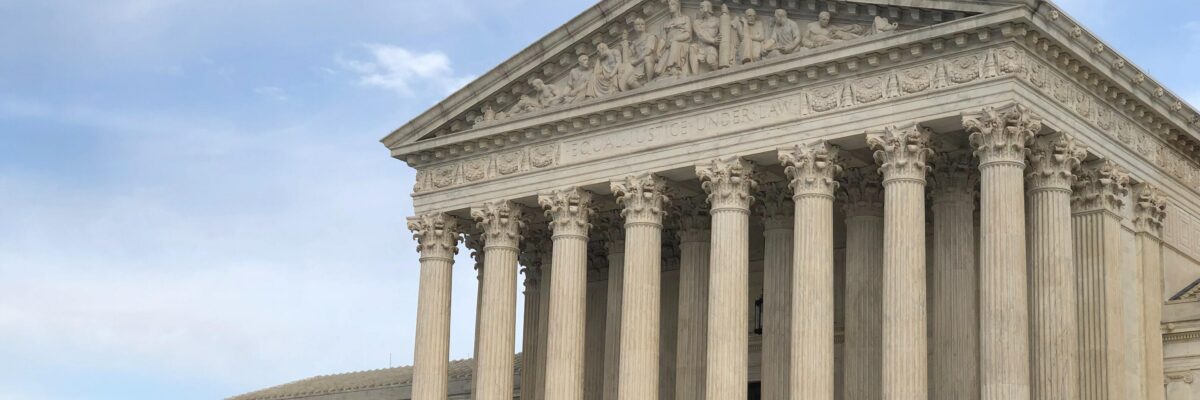
Massachusetts v. EPA
-
2005
In 2005, a multi-state coalition led by Massachusetts Attorney General Martha Coakley sued the Environmental Protection Agency (EPA) over its 2003 determination that the EPA lacked the legal authority to regulate carbon pollution and other forms of greenhouse gases (GHGs) under the Clean Air Act. In addition to Massachusetts, state attorneys general of California, Connecticut, Illinois, Maine, New Jersey, New Mexico, New York, Oregon, Rhode Island, Vermont and Washington joined the multi-state coalition.
-
2007
The U.S. Supreme Court confirmed, in Massachusetts v. EPA, 549 U.S. 497 (2007), that the Clean Air Act’s broad definition of air pollutants covers greenhouse gases, which cause climate change. The Supreme Court also confirmed that if the EPA makes a so-called “endangerment finding,” and concludes that GHGs pose a danger to human health or the environment, it must act to reduce such emissions.
-
2009
In 2009, the EPA issued an Endangerment Finding covering carbon dioxide and other greenhouse gases, requiring the agency to develop a plan to reduce GHG emissions.
